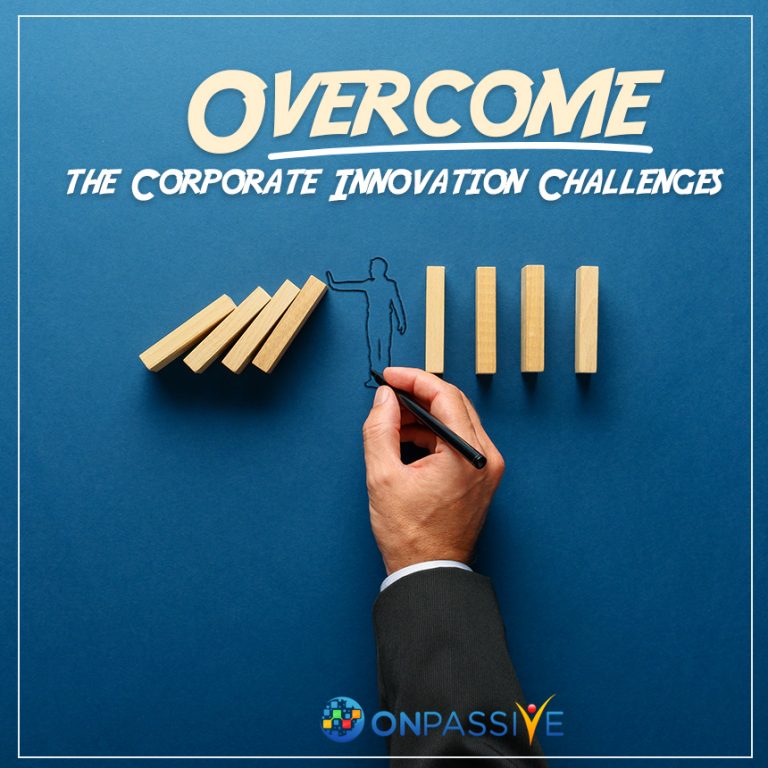
Everyone wishes to be innovative, right? But what does innovation mean? And how do you go on from having a conversation about creative solutions to getting everybody under one roof actually to innovate? Smart companies bring together experience and business technology to solve business concerns utilizing tools for innovation and technologies.
In this article, we’re going to speak a length about innovation, the means for developing innovative solutions, and the difficulties corporations face while engaging in digital innovation initiatives.
What Is Innovation?
Innovation is the result of the issue we want to resolve. Innovation requires experimentation. You have to accumulate data. Several businesses cope with data, not so much with gathering it, but with analyzing it, structuring it, and making it more actionable.
To inspire change, though, it’s not just about gathering information and data. It’s genuinely about how interaction happens within businesses. You have to converse in simple language that highlights the application and not just speak about the pieces of bytes you’ve acquired from a data stack.
Lastly, you have the technology part of innovation. It utilizes technology to produce fresh offerings. For instance, you must put chatbots out there with various keywords and accumulate information from the Internet. You could narrate a story of what you have discovered about specific people’s search and target market, many trends, and behaviors.
How to create Innovative Solutions?
Begin with a business result you are seeking to accomplish and then work backward. Your business consequences could be to bring in your technology scene’s operational effectiveness, for instance, or to build your brand engagement.
It could be a social transformation, a technical transformation, a change in the process, or a business pattern. What do you require to encourage that desired change? Then, come up with plans. Recognize ways you can make an impression on the problem you are resolving. Adjust those plans around your desired business consequences, and devise a steady definition of success by your own.
Like many words in technology, innovation has grown as a buzzword. Hence, businesses devised an equation where they begin with business consequences. What are you trying to achieve is your vision, and who are your users? How do you determine success? What is your brand?
With the responses to those questions in hand, the teams can figure out the accelerators in the market like technology, partners, trends, anything that is remodeling the environment. But nothing will make sense if it’s not driven by sophisticated design.
If you develop something that is functionally capable and effective but not usable, you have wasted a lot of funds and valuable time. Hence, innovation needs to implement three things:
#1. Measurable: How and what do we start, and then how do we end?
#2. Differentiated: So what is the variation that we make with this innovation?
#3. Impactful: What impact can we estimate?
What Challenges Do Companies Face?
When you realize you have to make adjustments, it puts you under tremendous pressure! What does it take to break through from where you are, move ahead, and attempt an innovation approach?
Firstly, determine your crucial success parameters. How do you adjust those parameters with your own business? Secondly, analyze how innovation will influence your revenue.
Will you win or not? Whether it’s a fresh business model, market, or product launch, the reasoning part is the margin improvement. Thirdly is the operational productivity.
Can you bring in more cost savings, which can then be reinvested into something new? How do you enhance your consumer engagement? It becomes very crucial for businesses to recognize those KPIs and then act accordingly to take it forward.
Resources for Innovation
Briefly, innovative solutions begin with two straightforward questions:
- How can we make a striking difference?
- And how do we estimate that?
The customers are scared to talk about specific technologies or particular trends as they aren’t aware of what they don’t know. For example, let’s assume a new CEO has joined.
Employees who’ve been associated with the business for more than 20 years are getting anxious. They’ve lived in the tiny box of their role near about two decades, and getting out of that box is challenging.
Hence, what you must do at the opening of each conversation with your clients is what we call inspiration for innovation. Then everyone can all begin at the same baseline: Co-build together and do something new but also on the foundation of your industry and your business.
Once you come up with tools for innovation, you’ve got modern technology and new processes— may be unique personalities, too. How do you consider and embrace those chances for success, it’s up to you.


